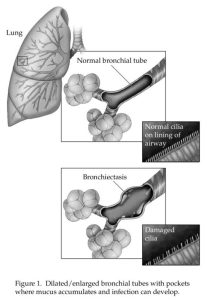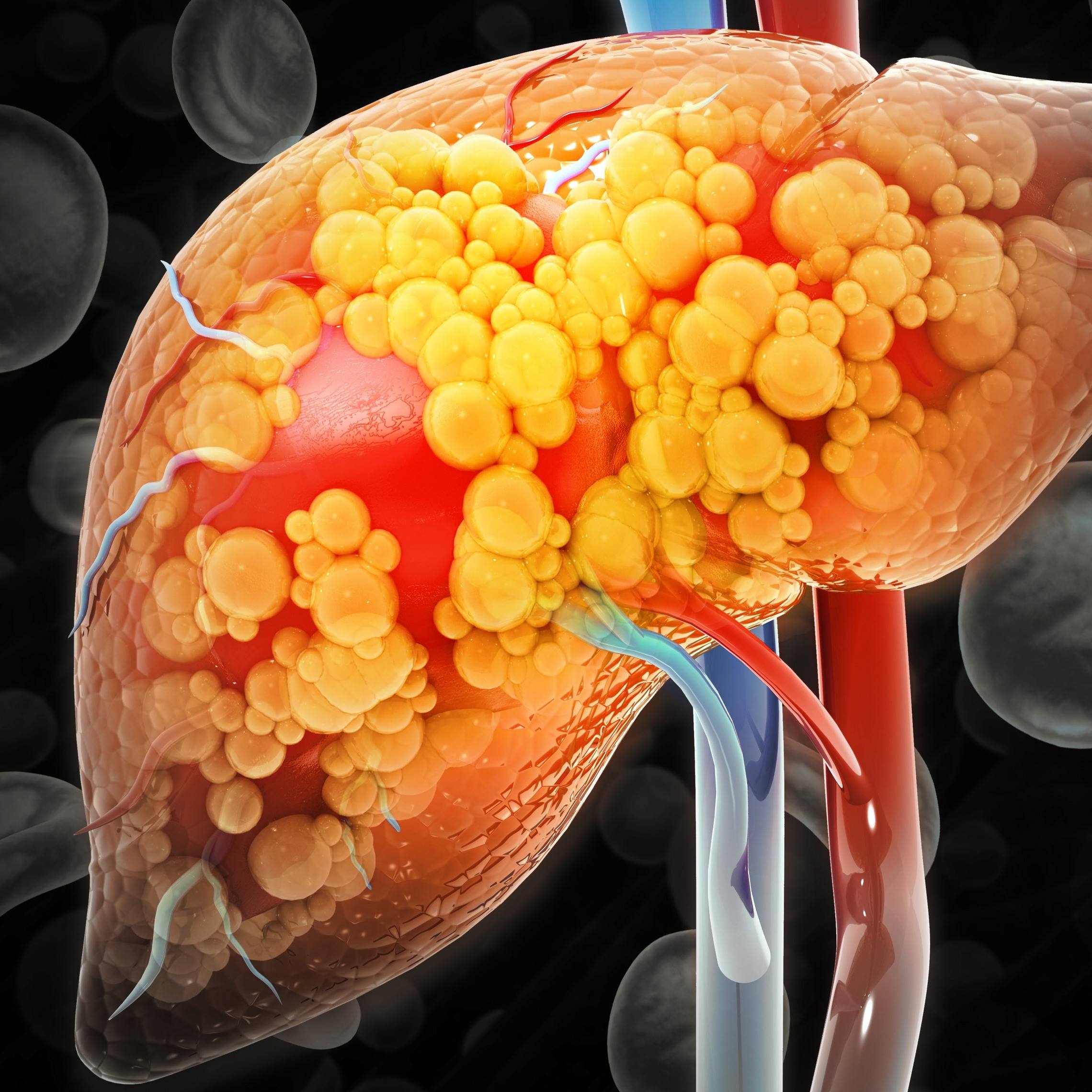-
World Bronchiectasis Day targets chronic, progressive lung disease

A chronic, progressive lung disease is attracting new global attention. Today marks the inaugural World Bronchiectasis Day, an awareness day set for July 1 each year. Goals include increasing recognition and treatment of the disease by health care providers and encouraging more research, says a Mayo Clinic expert helping to lead the effort internationally.
In bronchiectasis, the walls of the bronchial tubes, which carry air into and out of the lungs, are injured, becoming enlarged. They slowly lose their ability to clear out mucus, which in healthy lungs helps remove inhaled dust, bacteria and other small particles, according to Mayo Clinic patient education information.

Mucus builds up, allowing bacteria and other germs to grow. That can contribute to repeated lung infections, which then can further injure and enlarge airways. There is no cure for bronchiectasis, but treatment to clear mucus and address infections can stop it from getting worse.
Early diagnosis of bronchiectasis with treatment of infections offers the best chance of preventing more airway damage. Studies have found a long delay—an average of 10 years— from the start of symptoms to diagnosis of the disease, says Timothy Aksamit, M.D., a pulmonologist and critical care physician at Mayo Clinic in Rochester, Minnesota.
Dr. Aksamit is co-chair of an international planning committee for World Bronchiectasis Day and leads Mayo Clinic’s participation in the U.S. bronchiectasis research registry.

“Bronchiectasis remains underrecognized, undertreated and underresearched,” Dr. Aksamit says. “World Bronchiectasis Day aims to raise global awareness, share knowledge, and discuss ways to reduce the burden of bronchiectasis for patients and their families worldwide.”
Symptoms include a persistent cough that brings up mucus and may come with fatigue and breathlessness. Other symptoms may include chest pain, coughing up blood and losing weight without trying. Causes of airway injury can vary widely and may include cystic fibrosis; infections such as pneumonia, tuberculosis, whooping cough and measles; obstructions from growths or inhaling food such as a peanut; and some immune system problems. For many people, the cause isn’t known.
Steps to prevent and treat bronchiectasis include clearing mucus from airways; lifestyle changes such as exercise, eating nutritious meals, practicing good hand hygiene to help prevent infection; avoiding tobacco smoke and other lung irritants and taking care to stay hydrated. Medications can help keep airways clear, minimizing recurring infections and further airway damage.
Dr. Aksamit recommends that patients discuss treatment options with their health care providers.
Media contact: Sharon Theimer, Mayo Clinic media relations, newsbureau@mayo.edu







